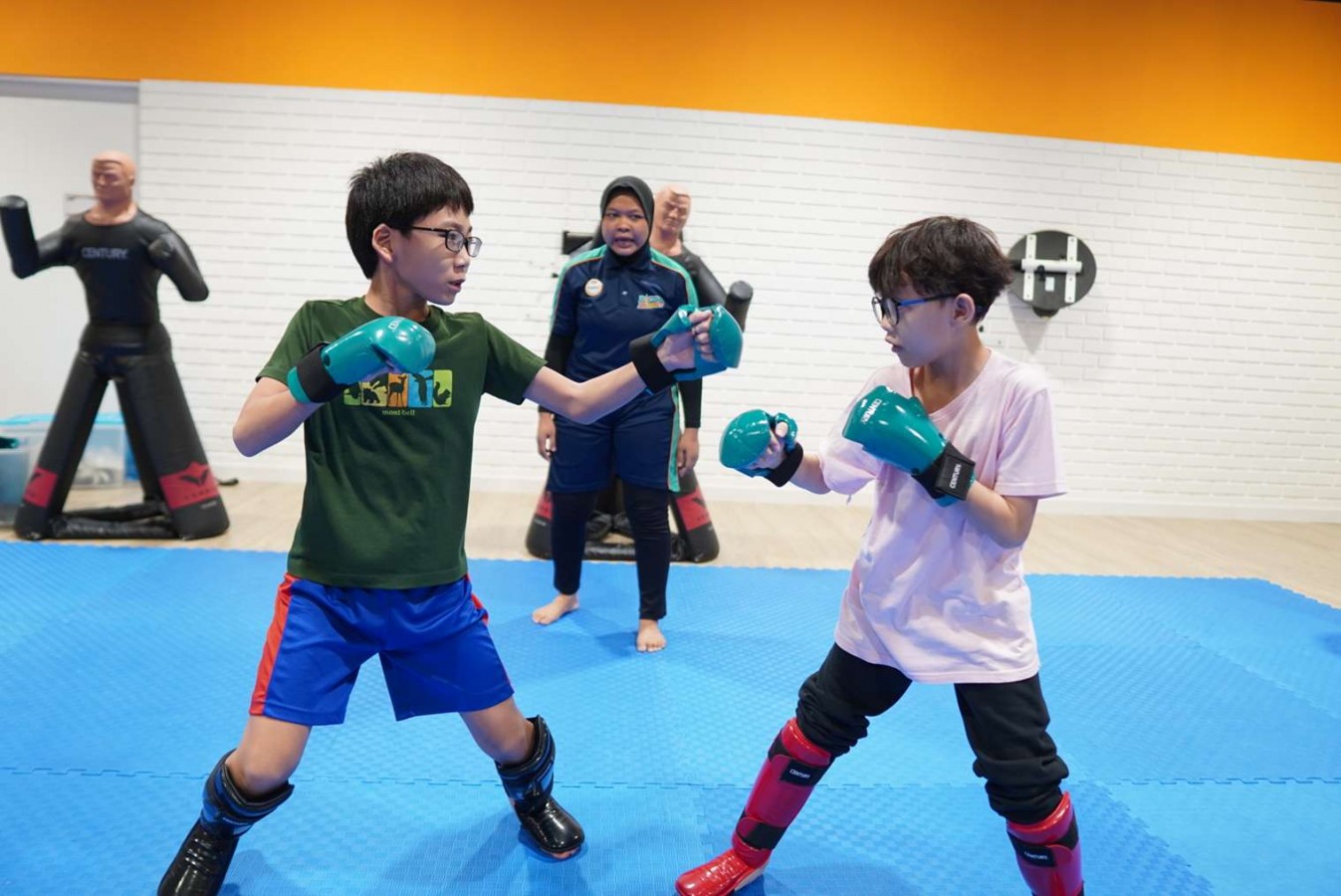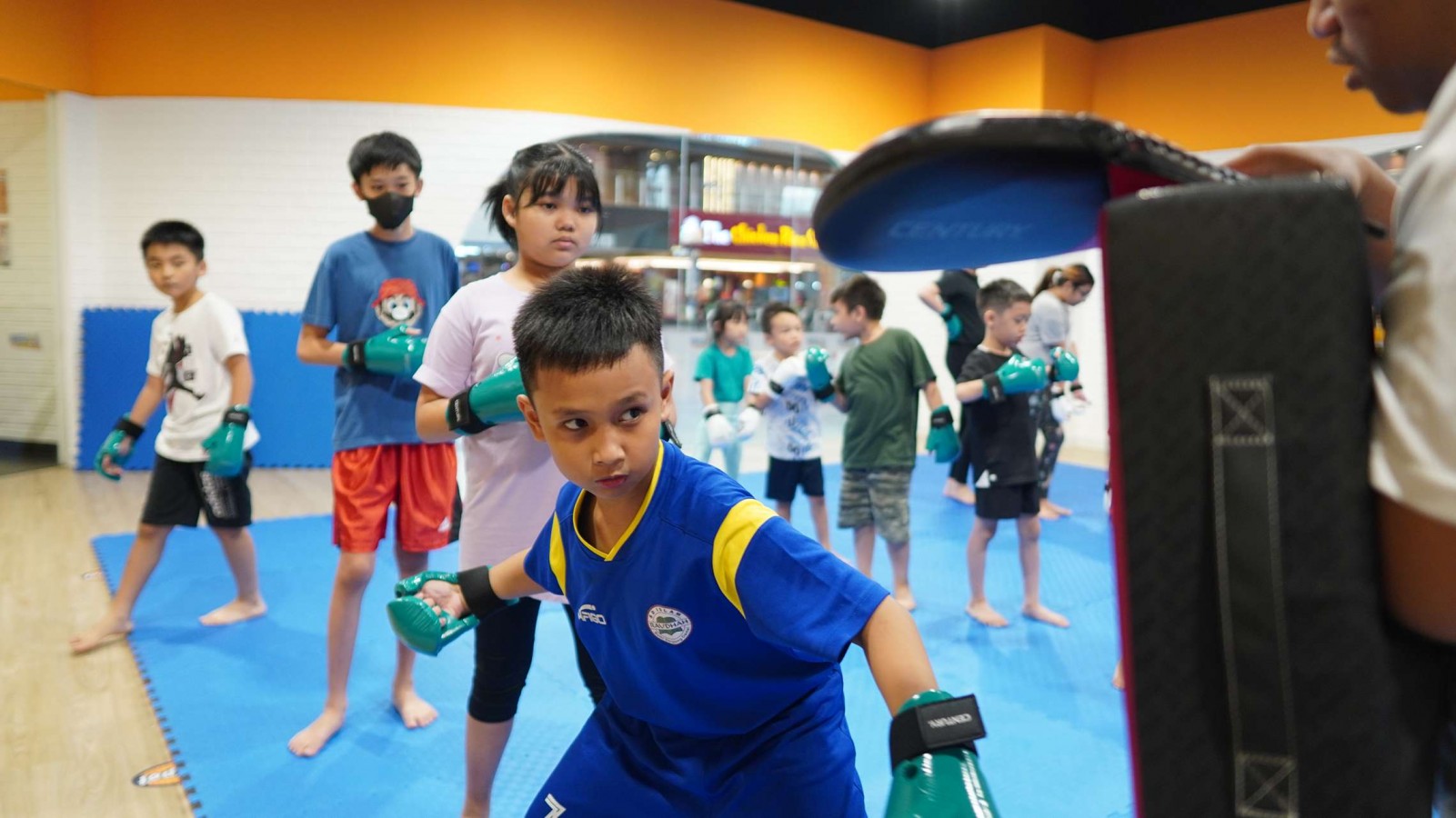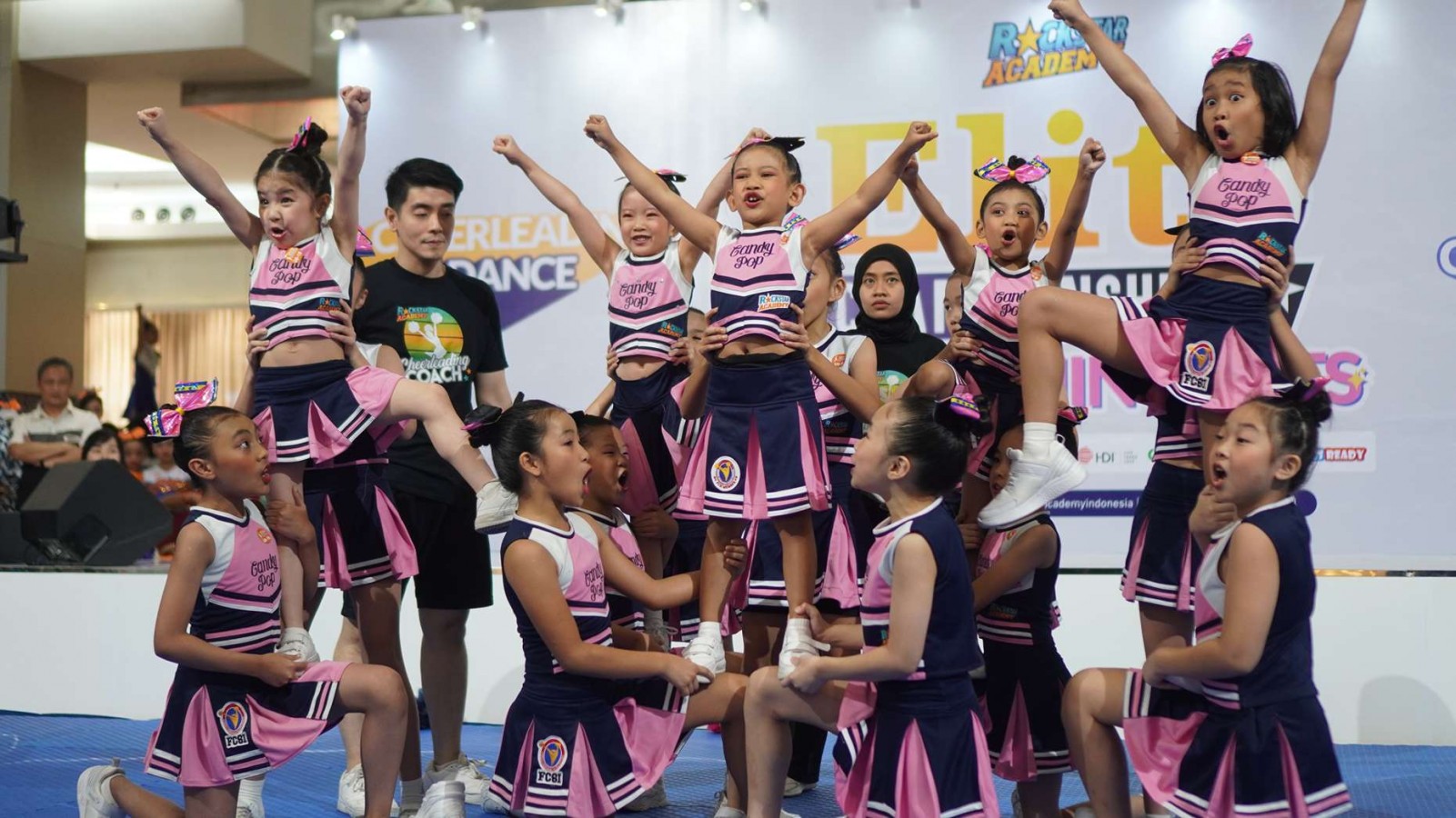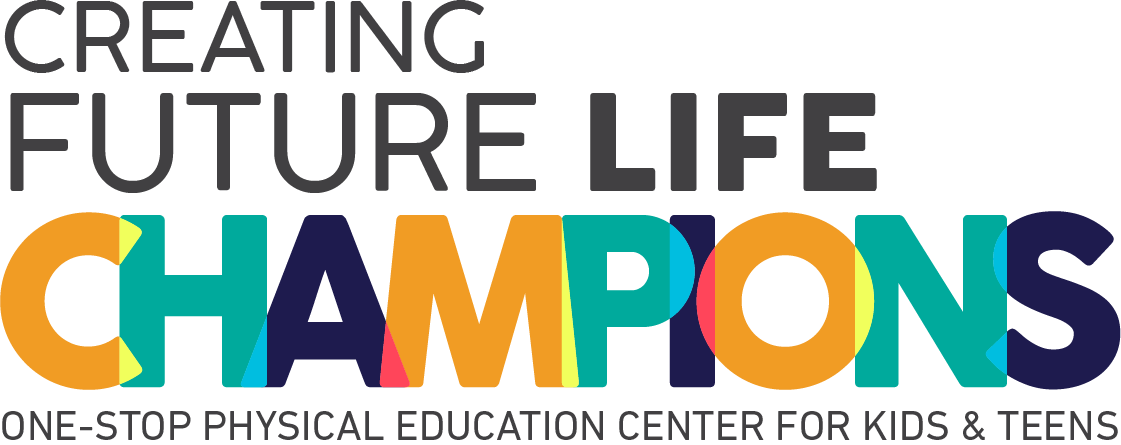Practical Tips for Developing Balance in Dance
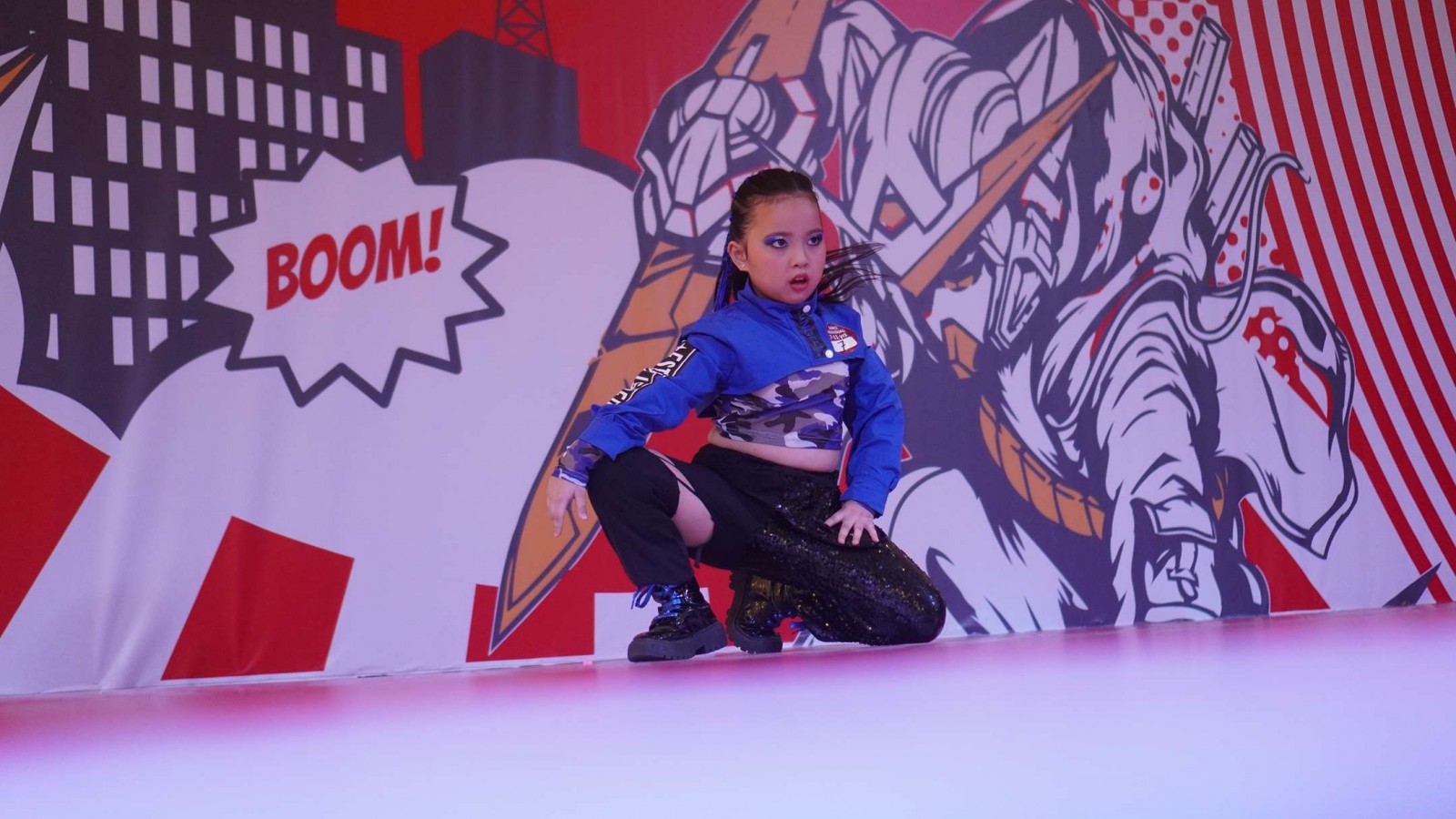
Whether you're just starting out or you're a seasoned dancer, balance in dance is the magical ingredient that helps you move smoothly, confidently, and expressively on stage or in class.
Balance in dance isn't just about standing still on one foot. It's about finding your center, staying in control, and flowing through movement even when you're twirling, leaping, or bending. The good news? Balance is something anyone can learn and improve with the right tips, tricks, and practice.
In this article, we’ll dive into what balance really means in dance, why it matters so much, explore different balance techniques, and share practical ways to boost your balance skills. Let’s get grounded and level up your dancing!
What Is Balance in Dance?
In the simplest terms, balance in dance means being able to maintain control over your body's position, whether you're standing still or moving through a routine. It involves aligning your center of gravity over your base of support which is usually your feet (or foot, if you’re on one leg!).
In dance, balance is a combination of:
- Body alignment (stacking your head, shoulders, hips, and feet properly)
- Core strength (engaging your abs, back, and pelvic muscles)
- Focus and concentration (knowing where you’re looking or spotting)
- Muscle coordination (controlling all moving parts with precision)
Why Is Balance So Important for Dancers?
Balance isn’t just a “nice-to-have” skill in dance but it’s absolutely essential. Here’s a closer look at why balance matters so much:
1. Moving Like Water, Not a Robot
Imagine you're gliding across the stage in a lyrical dance, transitioning from an arabesque to a lunge, and then rising smoothly into a développé. What makes that sequence beautiful isn’t just the dance choreography but it’s the fluidity of movement. And that fluidity depends on balance.
When your body is well-balanced, you can move seamlessly from one position to the next, like water flowing from one shape to another. But without balance? Movements can feel stiff, rushed, or jerky.
2. Injury Prevention
We all know that dancing isn’t just about beauty. It’s also athletic, fast-paced, and physically demanding. Without solid balance, you're more likely to misstep, roll an ankle, or land from a jump incorrectly.
Balance provides stability during high-impact movements, like grand jetés or floor work in hip-hop dance. It keeps your body aligned, your knees soft on landing, and reduces the risk of injury.
3. Better Turns and Spins: Master the Art of Rotation
Have you ever watched a dancer whip out three flawless pirouettes in a row and land perfectly still, like they’re glued to the floor? That’s the magic of balance in motion.
When turning, your entire body must work together like a finely-tuned machine. Without proper balance, your turns may wobble, travel too much, or end with a stumble.
Balance gives you control over your axis of rotation. By engaging your core, spotting properly, and aligning your limbs, you can spin faster, longer, and with more precision.
4. Look Confident, Feel Confident
Have you ever noticed how some dancers seem to command the stage with just a pose or a slow walk across the floor? That magnetic stage presence often comes from body control and at its core, that’s balance.
When you're well-balanced, you're not second-guessing your footing or overcorrecting your posture. You're fully in your body, grounded, and confident. This lets you connect with your audience, perform expressively, and own the choreography.
5. Dance Anywhere, Anytime
In the real world, dancers often have to perform in less-than-perfect conditions such as slippery floors, uneven surfaces, or cramped rehearsal spaces. Balance helps you adapt to whatever situation you're in without losing your composure.
A dancer with strong balance can quickly shift their weight if something unexpected happens. Several cases are like a costume catches, a partner moves slightly off-mark, or a prop ends up out of place. Instead of falling or freezing, they flow with the moment and stay professional.
How to Improve Your Balance for Dance
Improving your balance isn’t about doing one big thing but more about building small, smart habits that add up over time. Here’s how you can start strengthening your balance with fun and effectiveness!
1. Strengthen Your Core
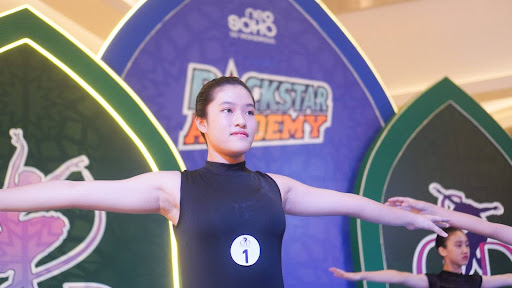
Your core is the center of all movement in dance. It’s what helps you stay upright, control your turns, and transition smoothly between steps. Strengthening your core muscles gives you the stability you need to hold poses with control and confidence.
Incorporate dance warm-up exercises like planks (both front and side), Russian twists, Pilates roll-ups, bird-dogs, and standing leg lifts into your routine. The stronger your core, the better your body can maintain balance even during complex choreography.
2. Practice Balance Daily
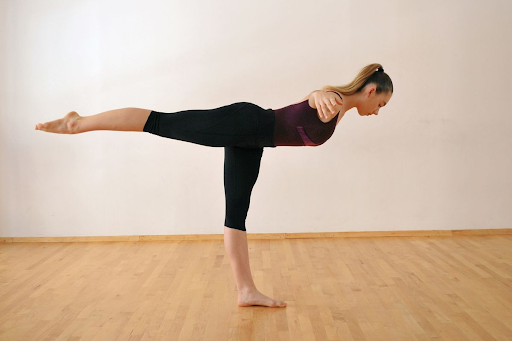
You don’t need to be in a dance studio to work on your balance. Try standing on one foot while brushing your teeth, cooking, or watching TV. These short, consistent exercises train your muscles to find and hold your center.
Once you feel confident, you can level up the challenge by closing your eyes or standing on a soft surface like a folded towel or balance disc. These variations force your body to rely more on internal stabilization, sharpening your proprioception (your body’s ability to sense its position in space).
Even just a few minutes of daily practice can lead to noticeable improvements over time.
3. Try Balance-Focused Activities
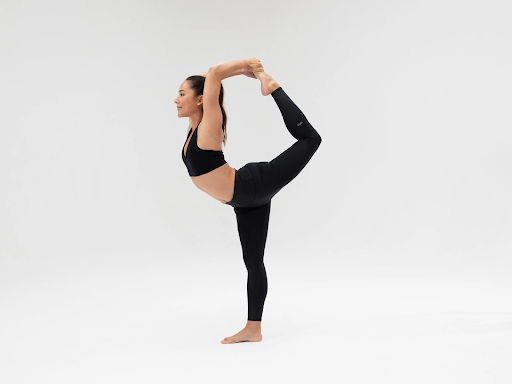
Incorporating other balance-centered practices like yoga and Tai Chi can dramatically enhance your dance performance. Yoga poses such as tree pose or warrior III teach you to engage your muscles while holding positions with grace.
These disciplines not only build strength and flexibility but also improve your mental focus of good balance. Dancers who cross-train often find they have better posture, coordination, and body control on and off the stage.
4. Enroll in Dance Classes
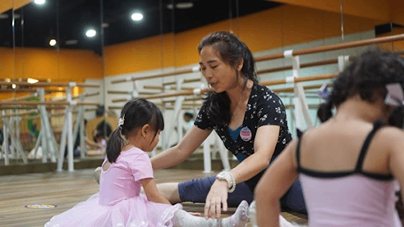
While self-practice is essential, nothing beats the guidance of expert instructors. Enrolling in a professional dance program like Rockstar Academy provides structure, feedback, and a curriculum designed to strengthen all aspects of your technique.
Instructors at Rockstar Academy can spot and correct alignment issues, teach balance-based drills, and offer personalized tips for improvement. Plus, students get to participate in exciting events like Dance Recital, Elite Championships and RockOlympics, which build performance confidence and physical discipline.
If you’re serious about becoming a better dancer, enrolling in a class is one of the smartest moves you can make.
5. Use the Mirror Wisely
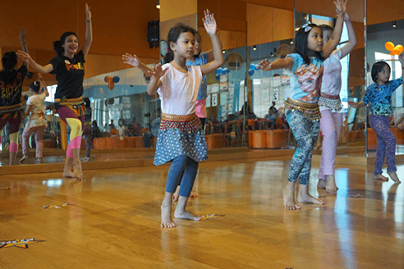
Mirrors are powerful tools for self-correction in dance. When practicing, use the mirror to observe your alignment. Are your hips level? Is your spine straight? Are your shoulders relaxed?
Visual feedback allows you to spot imbalances and make quick adjustments that reinforce good habits. Over time, this improves not only your balance but also your overall technique and body awareness.
6. Enhance Ankle Strength: Build Your Base from the Ground Up
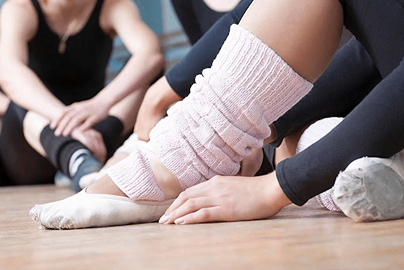
Your ankles are your foundation. Strong, flexible ankles are essential for balance in everything from pliés to pirouettes. To build ankle strength, try exercises such as theraband foot presses, calf raises, towel scrunches with your toes, and balancing barefoot.
These exercises target the small stabilizing muscles in your feet and ankles that are crucial for land jumps more safely and gracefully.
7. Find and Master a Focus Point
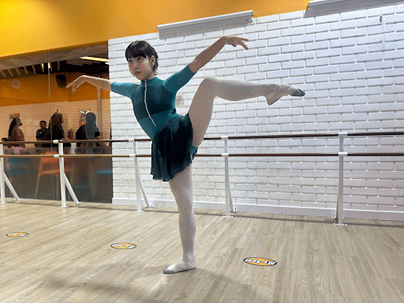
Your eyes play a bigger role in balance than you might think. One of the most effective tricks for improving stability is to focus your gaze on a fixed point. In turns, this technique is known as spotting, where you whip your head around to return your gaze to the same spot.
This not only helps prevent dizziness but also keeps your alignment intact. When balancing in place, keeping your eyes fixed helps reduce sway and signals to your body to stay centered.
8. Balance is Built Over Time
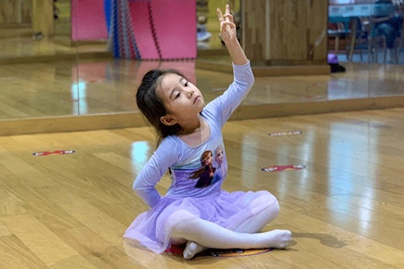
Improving your balance isn’t about doing one perfect practice but it needs regular, mindful repetition. Just 10–15 minutes a day of focused balance work can lead to major improvements over weeks and months.
Set a routine that includes your favorite exercises from this list, track your progress, and celebrate your wins. As with any dance skill, balance takes time and commitment. The more you practice, the more natural it becomes.
Ready to Take the Next Step?
If you or your children are inspired to explore the world of dance and develop strong balance, control, and confidence, now is the perfect time to get started! As parents, enrolling your child in the Dance Program at Rockstar Academy means giving them access to the best Sports & Performing Arts Academy out there.
Rockstar Academy nurtures passion, discipline, and potential through an exciting and supportive environment. For those who want to go even further, Rockstar Academy also offers Private Instruction, where students receive personalized, intensive training, complete with progress reports, instructor feedback, weekly at-home exercises, and even training videos to track their growth.
And the best part? You can try it out with a free trial class! Rockstar Academy is the perfect place to develop balance, build skill, and discover their full potential. So why wait? Let the journey begin!
FAQ
I always wobble when I try to do a passé. What can I do?
Start by checking your posture and engaging your core. Practice standing in passé near a wall or barre, and focus on distributing your weight evenly on your supporting foot. Consistency is key!
How can I improve my balance for turns?
Work on your spotting, strengthen your core, and practice your turns slowly first. Try turning in socks on a smooth surface before moving to your dance shoes.
